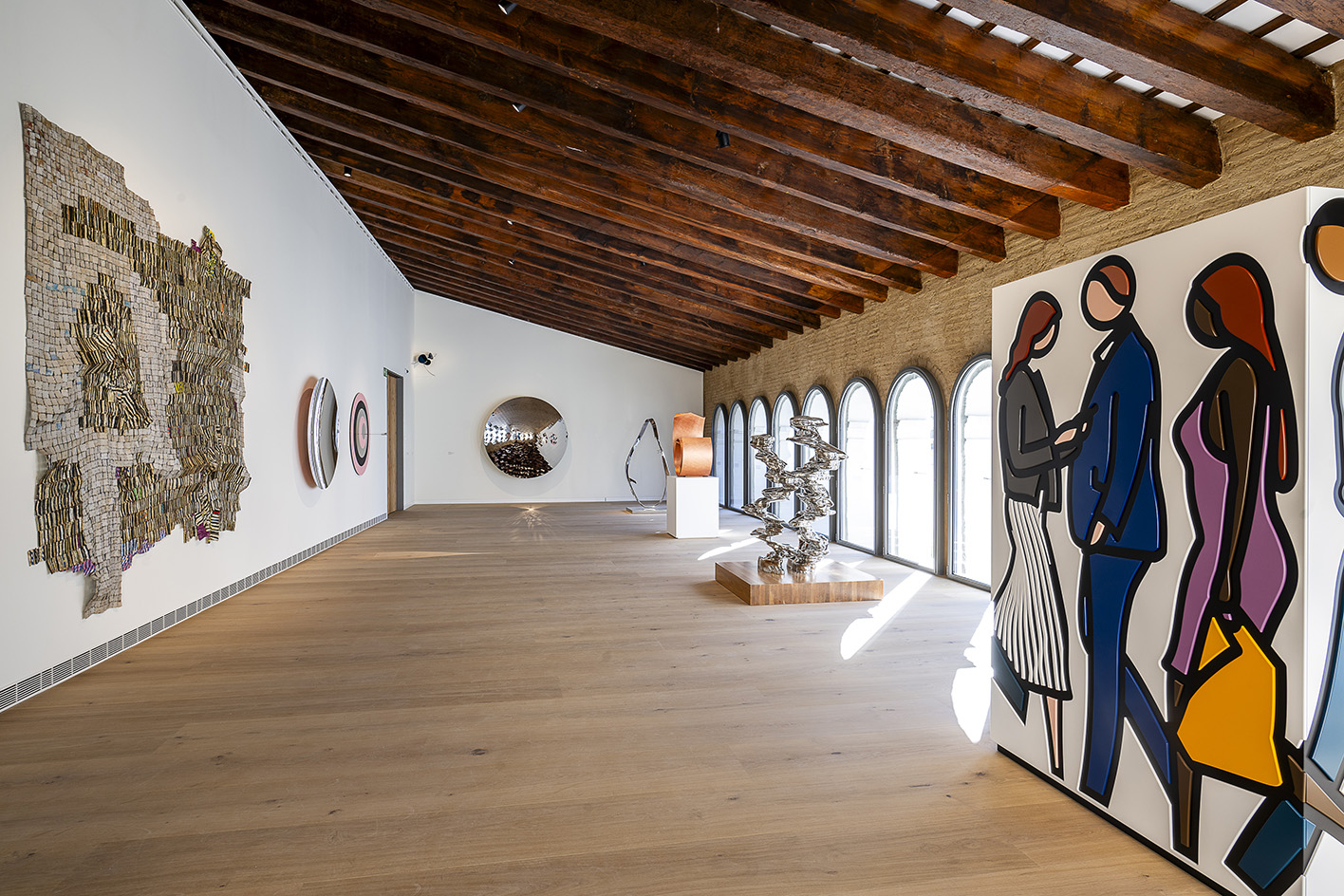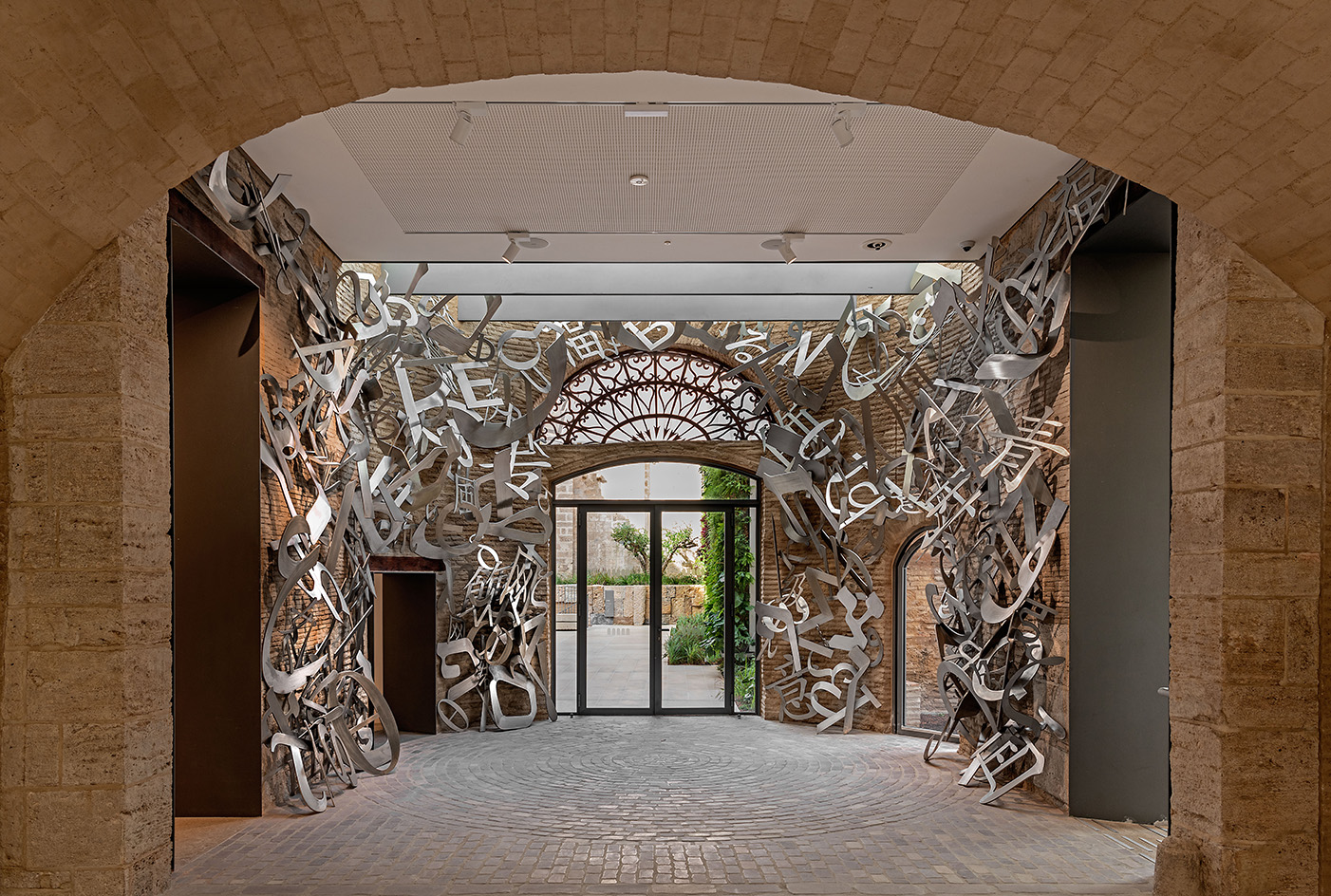
The Hortensia Herrero Art Centre (CAHH), housed in a meticulously renovated 17th-century palace in the heart of Valencia, is set to put this sunny Mediterranean city on the contemporary art map. The vice president and partial owner of one of Spain’s largest grocery store chains, Hortensia Herrero has long supported cultural initiatives in her native city, turning her focus during the last decade to developing a personal art collection for an eventual art centre.

The CAHH comprises two buildings: the 17th-century palace, which was in ruins at the time of purchase, and a new building addition that together with the existing one creates 3,500 sq m of exhibition space over four floors and 17 rooms. The renovation took over five years to complete and cost 40 million euros – from the art to all of the architectural interventions. With her advisor, Javier Molins, Herrero amassed an extensive collection of late 20th- and early 21st-century work by established artists, among them, Anselm Kiefer, Olafur Eliasson, Cristina Iglesias, Michal Rovner and David Hockney; but it is the story of the 17th Palacio Valeriola that adds a layer of intrigue and history into the story.
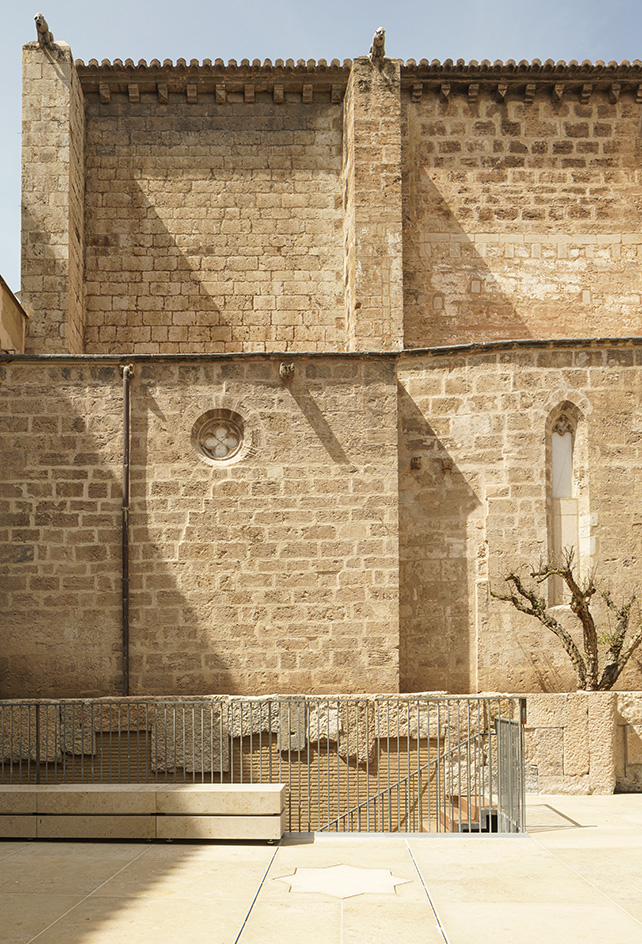
Hortensia Herrero Art Centre: a new home for contemporary culture
During the initial phase of renovation, led by Valencian architecture studio ERRE Arquitectura, the team discovered a series of archaeological ruins from across the ages on site: part of a Roman circus, including a skull of a horse likely sacrificed in honour of an event; a medieval oven, where they found remnants of fish bones, eggshells and kitchen ceramics; the remains of an 11th-century Islamic patio, including an eight-pointed fountain; part of an alleyway from when the area was a Jewish quarter; as well as jars, vessels and other smaller artefacts.
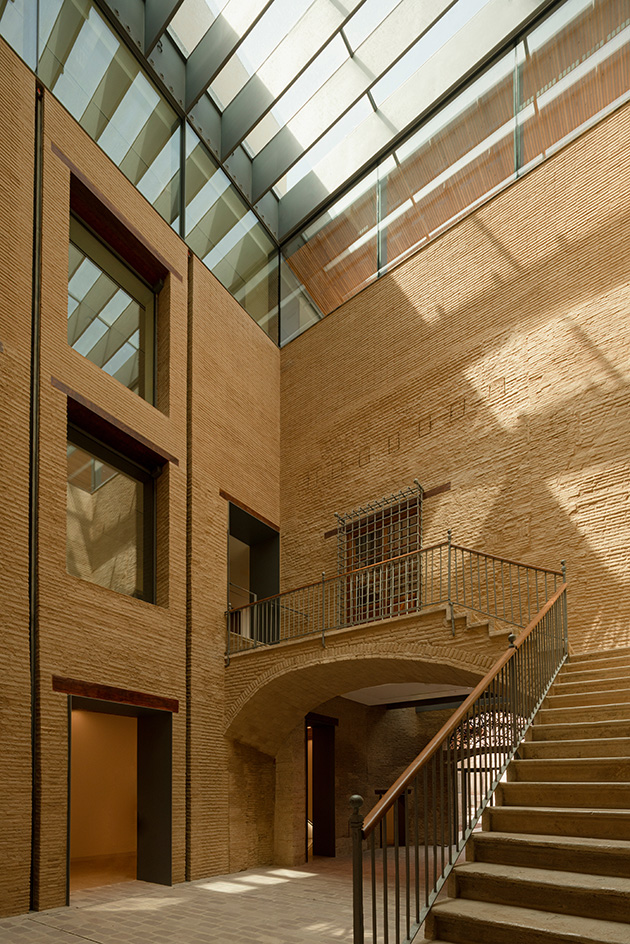
Rather than isolate the artefacts and contemporary art, ERRE created a fluid dialogue between past and present, bringing them together to show the layers of history that are found on this site. One of the best examples of this approach is Mat Collishaw’s film, Left in Dust (2023), made following his first site visit, when he saw the remains of the Roman circus. A large, oval-shaped LED screen installed near the circus projects images of horses running – first in empty space and then, as they gain speed, in front of a crowd of cheering spectators – a reference to chariot races and the Romans’ love of gladiatorial combat.
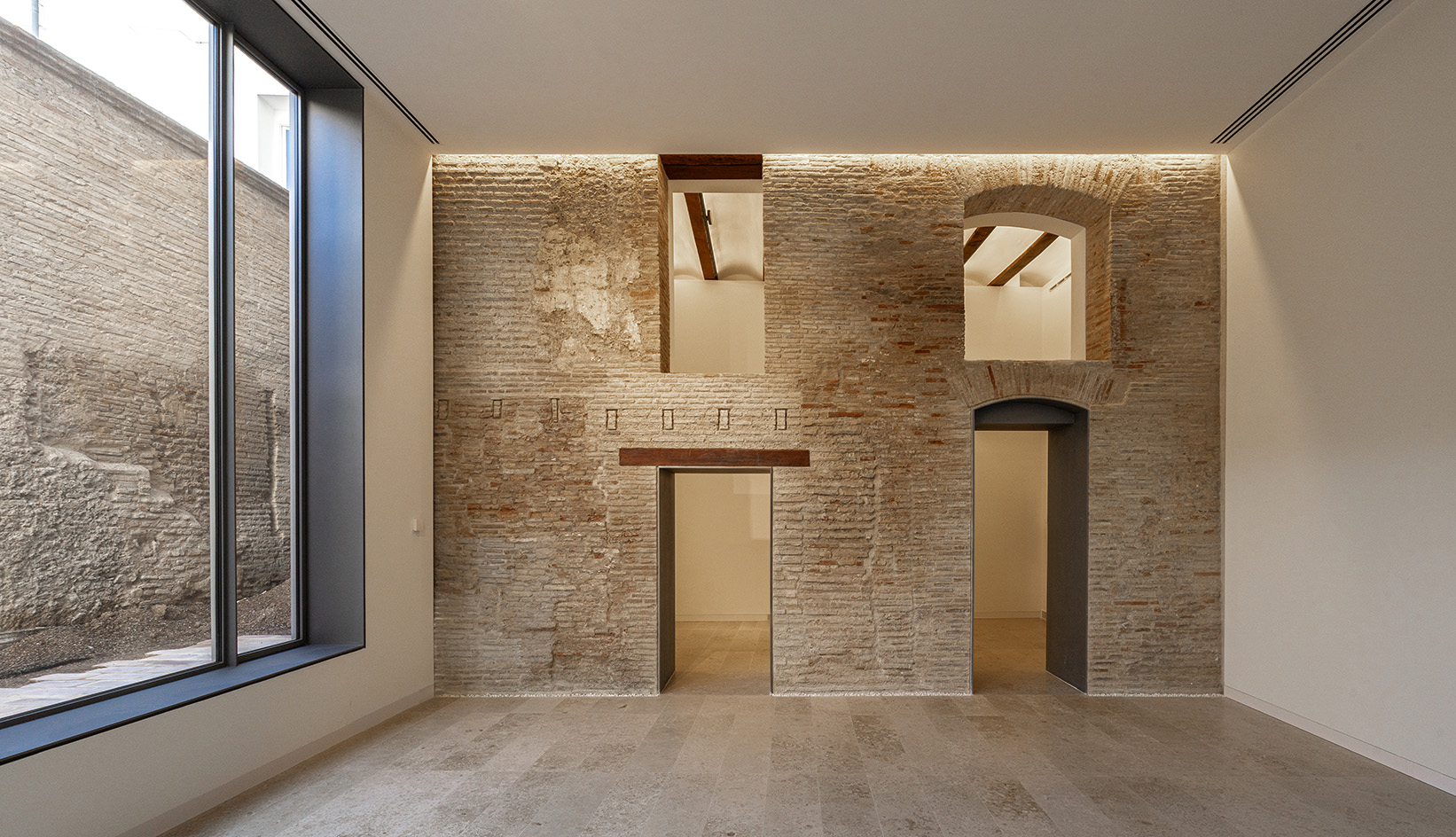
Another site-specific installation is found in what was the former apse of the palace that connects the interior with the exterior patio. Here, Jaume Plensa used high-grade steel to cut out letters from various alphabets, creating a sort of second skin on the wall that speaks to the diversity of cultures and languages.
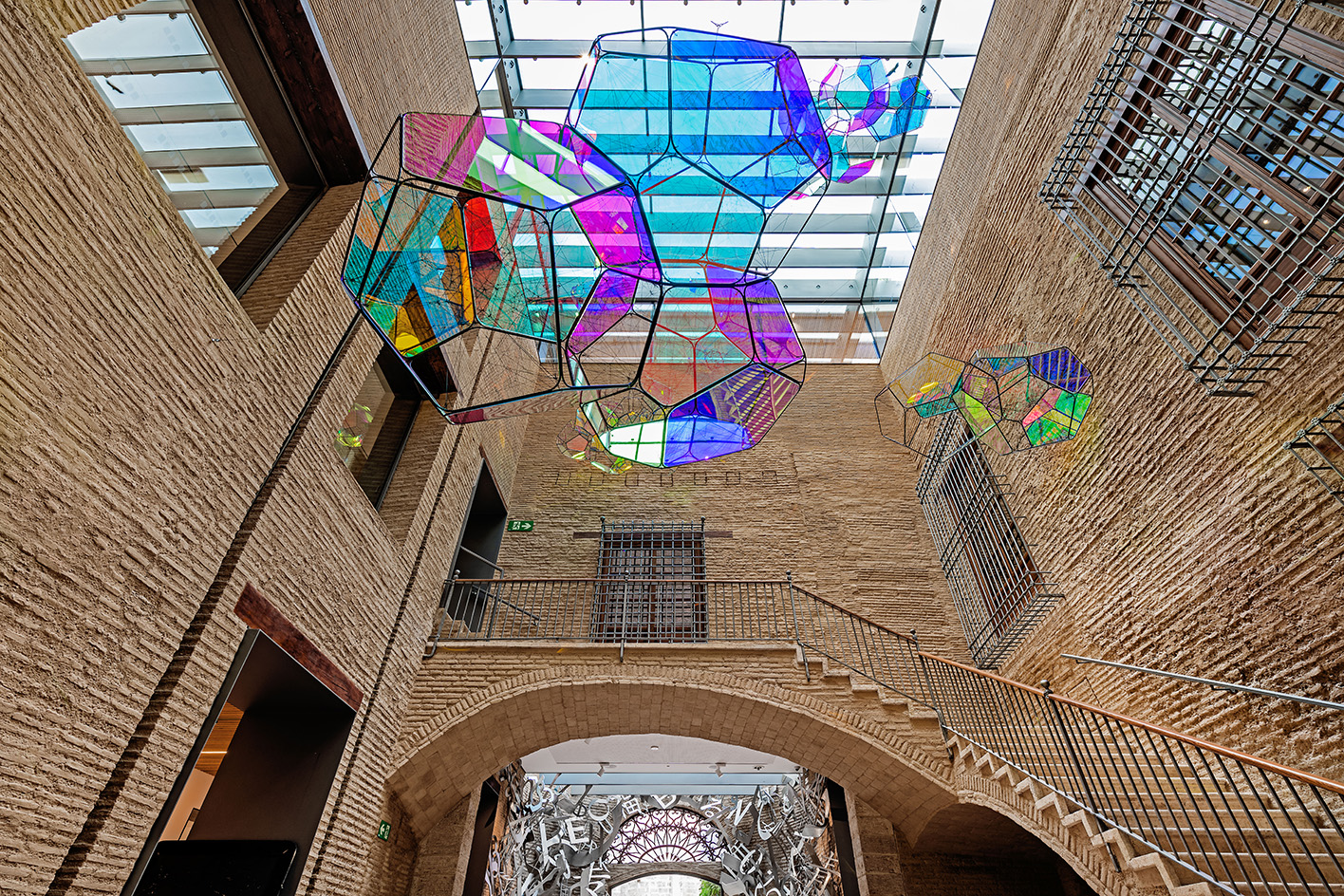
The main entrance of the art centre is an impressive triple height space from which an installation by Tomas Sareceno hangs down. Corona Australis 38.89, a series of coloured glass clouds that reflect multi-coloured light onto the traditional brown brick of the palace walls, was the first piece commissioned for the space in 2018.
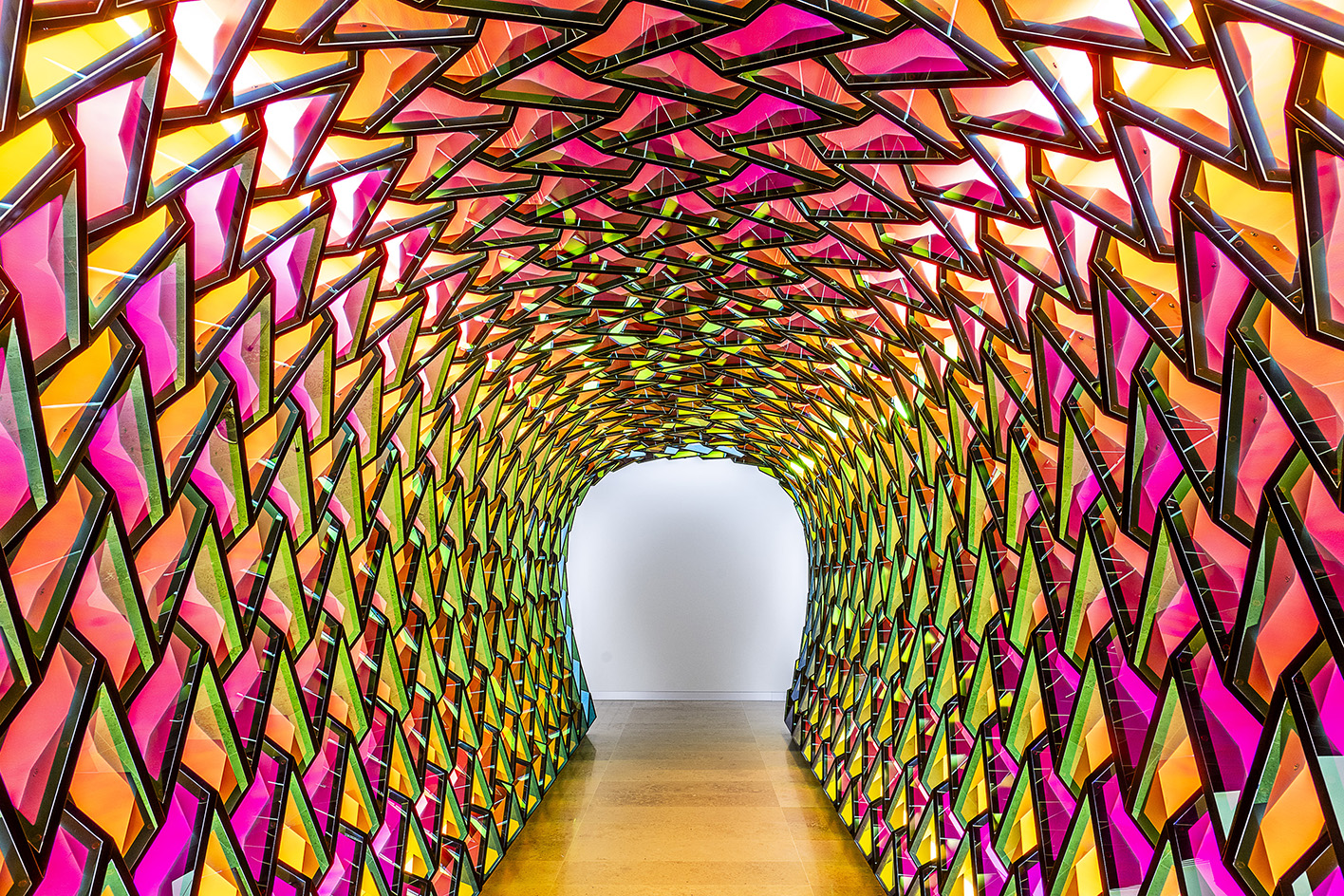
Several gallery spaces in the building engage with the past in very intimate ways. The former chapel was given over to Sean Scully, who produced two site-specific stained-glass windows and a painting meant for contemplation, while on the ceiling are original paintings by 19th-century Valencia-born painter Juan Sorolla and three of his students.
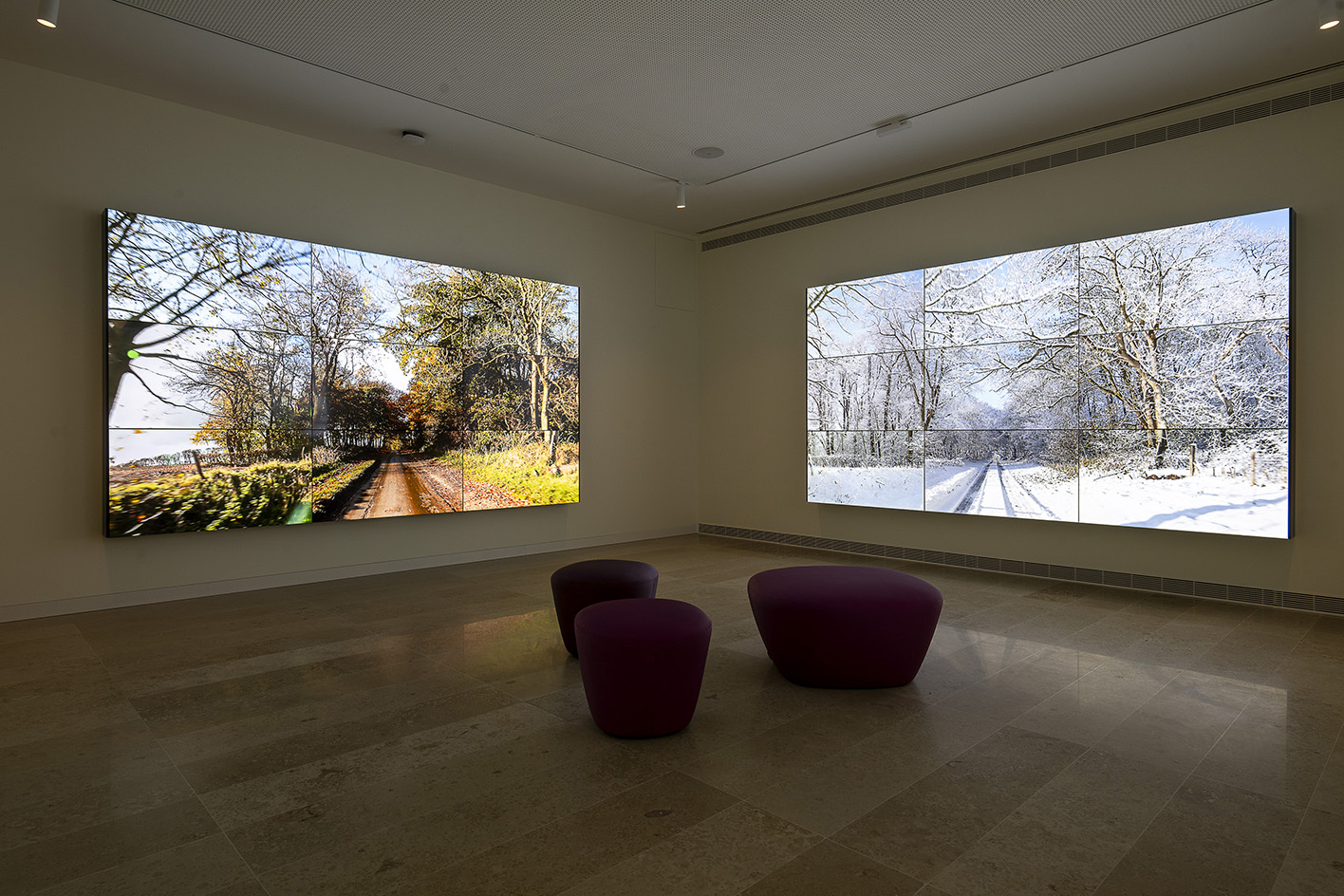
The top floor of the palace, formerly an attic used for drying clothes and food, features a slanted roof with wood beams and a colonnade of rounded windows. Here, in addition to works by Tony Cragg, Blanca Munoz, El Anatsui, Anish Kapoor and Elmgreen & Dragset, are original drawings and writings from the 17th century that had been left on the wall, as well as a small fragment of a former stairway, now framed with a Plexiglas window for viewers to see. Experiencing contemporary art within this context, it is hard not to see the work as part of a longer arc of history; a reflection of today but another piece of a bigger story.
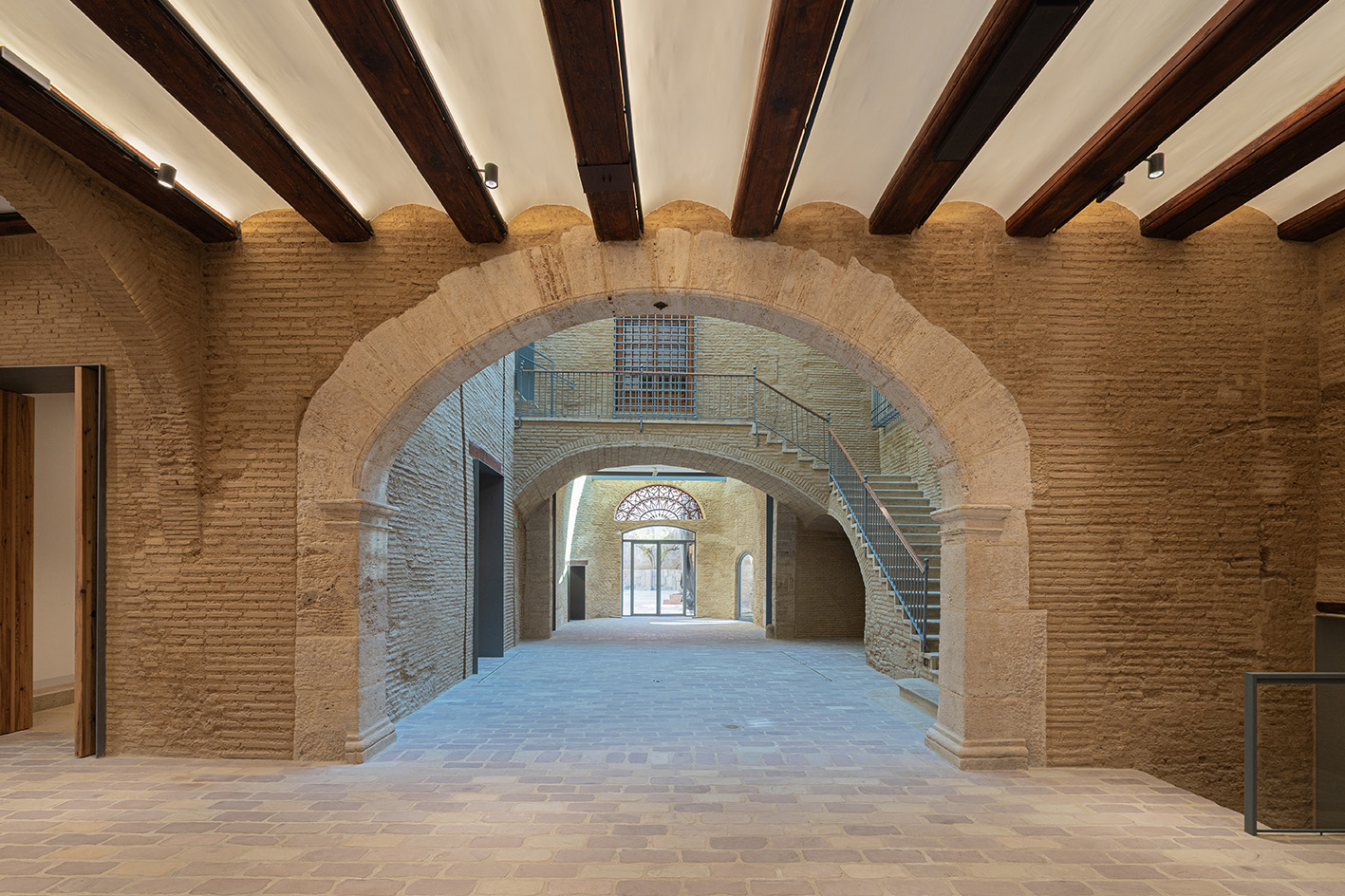
The CCAH marks a new chapter not only for the city of Valencia and contemporary art, but of this historic location and its layered past.
